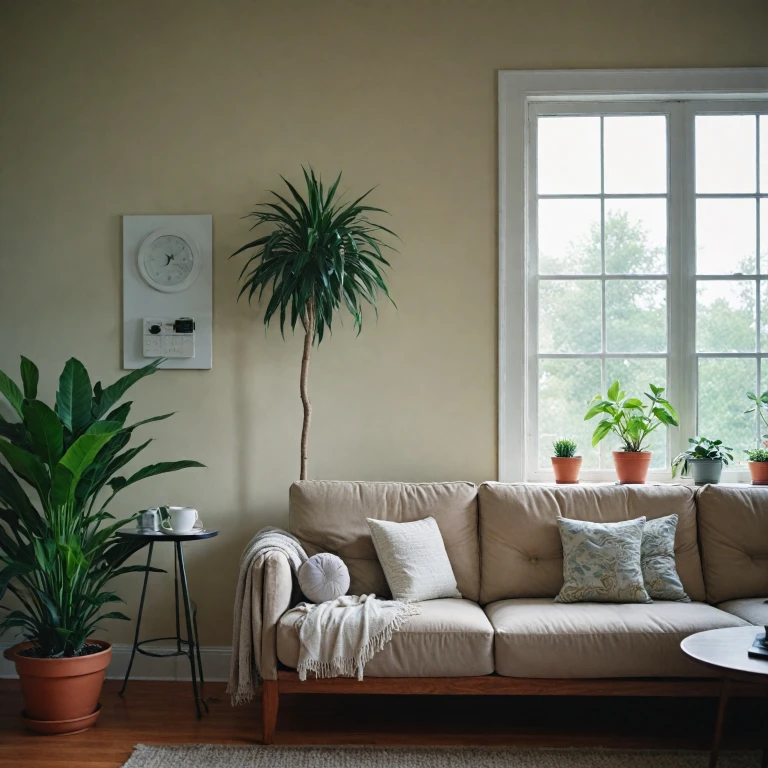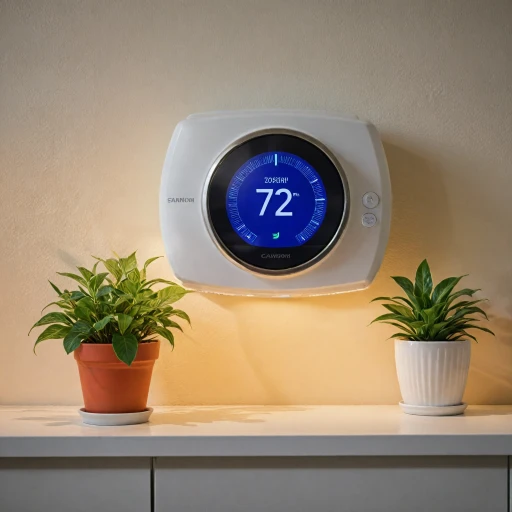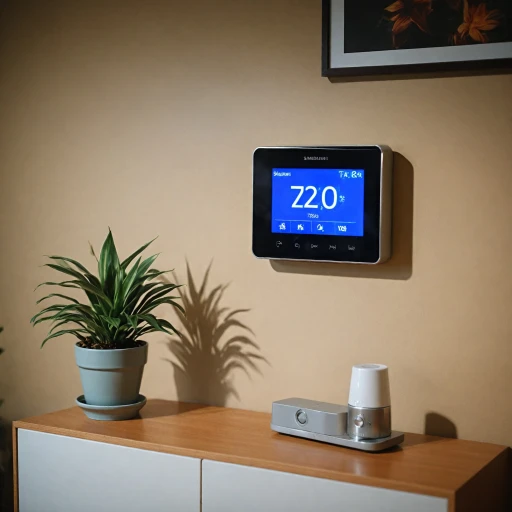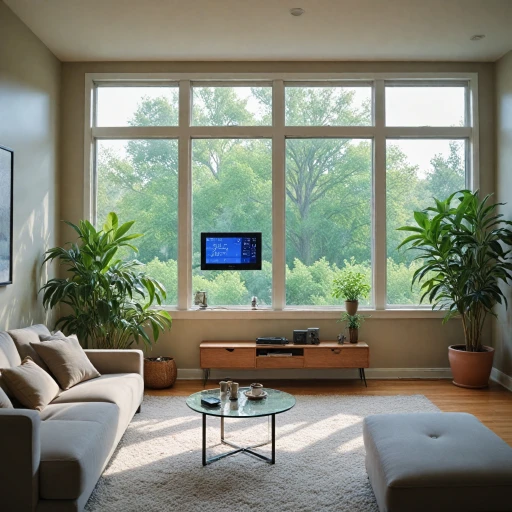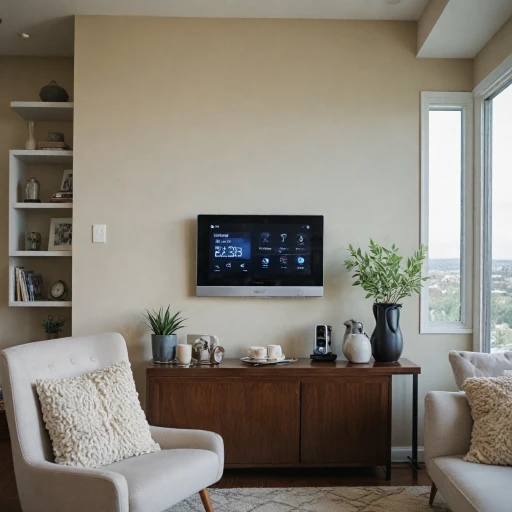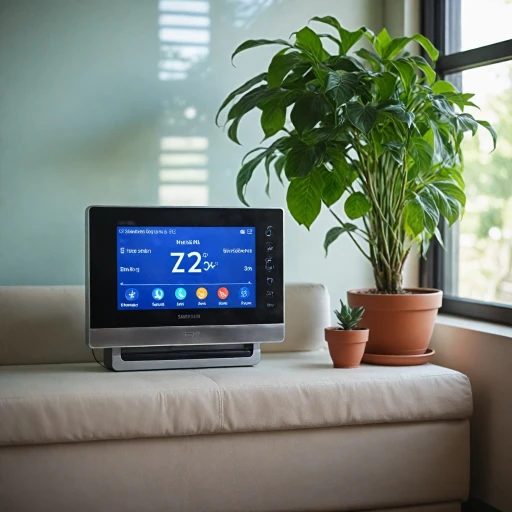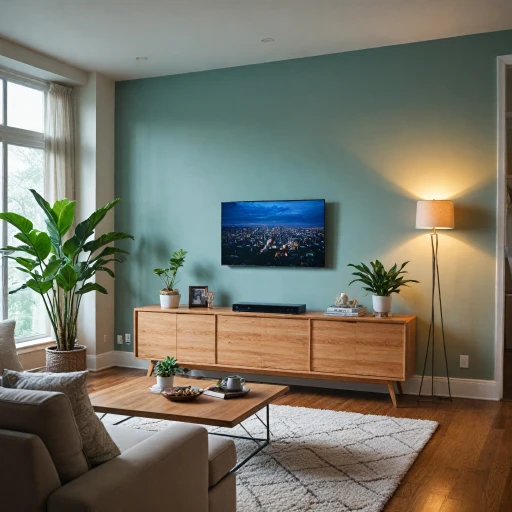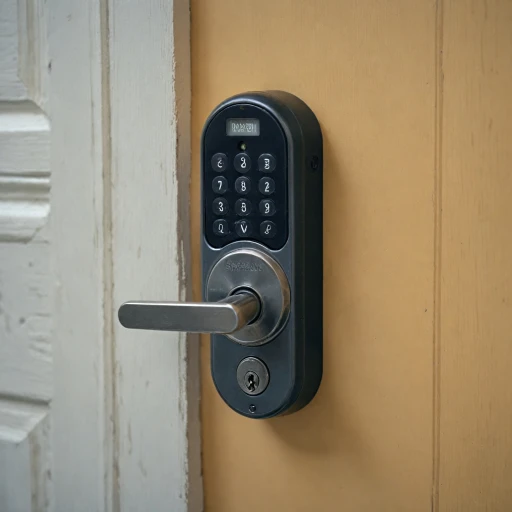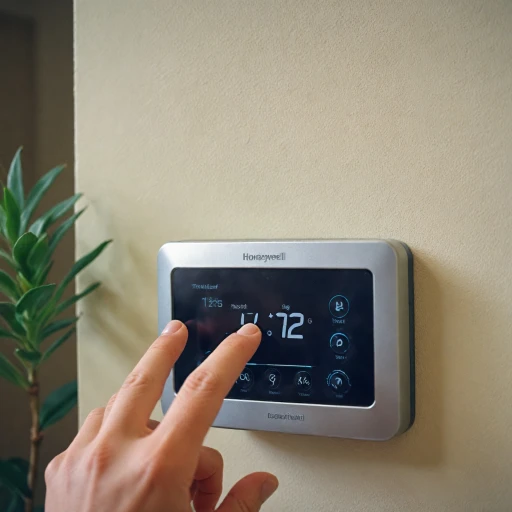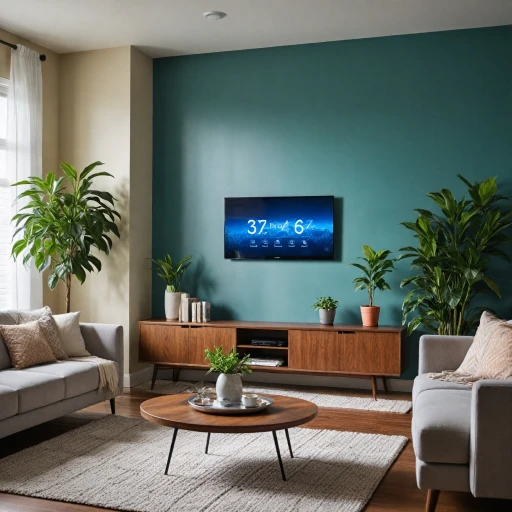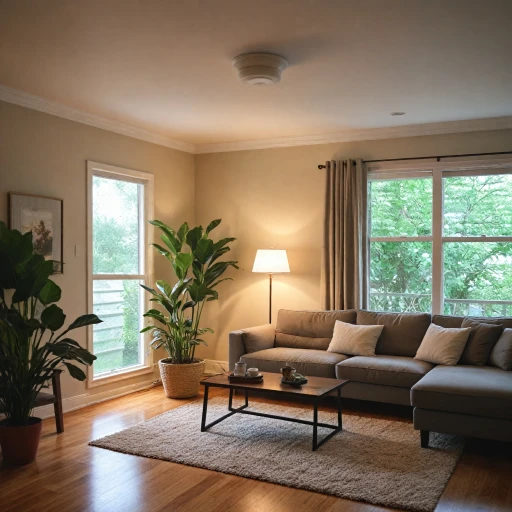
Understanding Humidity and Its Impact on Home Comfort
Decoding the Influence of Humidity on Home Comfort
Humidity might not be the first thing you think about when considering home comfort, but its impact can be significant. Humidity levels play a crucial role in how we perceive temperature and overall comfort in our living spaces. Whether it’s a sweltering summer day or a chilly winter night, maintaining optimal humidity levels is key to enhancing home comfort.
Ideal indoor humidity levels usually range between 30% and 50%. Straying outside these ranges can make your home feel uneasily dry or uncomfortably damp, impacting both health and comfort. When the air is too humid, you might feel warmer than the actual room temperature. Conversely, low humidity levels can make the air feel cooler, leading you to crank up the heat unnecessarily. This not only affects comfort but can also reflect on your energy bills.
Proper humidity control becomes easier with the advent of digital thermostat controllers that can manage both temperature and humidity. For instance, using a humidity controller like the Inkbird ITC or a dual controller can help maintain a balanced environment, reducing the need for a dehumidifier or humidifier running constantly. The ability of these digital devices means your home can be a comfort haven throughout the year.
If you want to dive deeper into optimizing your home's environment, you can learn how various thermostats and remote sensors enhance comfort through tailored settings that suit your specific needs and style of living.
How a Humidity Thermostat Controller Works
Delving into the Mechanics
A humidity thermostat controller combines temperature and humidity control to enhance your home's comfort. These controllers often come equipped with sophisticated digital displays, providing precise readings of humidity and temperature levels. By adjusting your heating or cooling systems and managing devices like dehumidifiers or humidistats, these controllers create an optimal indoor atmosphere.Digital Displays and Dual Functions
Modern controllers like the Inkbird ITC series are designed with user-friendly digital interfaces and equipped to handle dual functionalities. This means they can serve both as a thermostat, regulating temperature, and as a humidistat, managing humidity levels. Such versatility is particularly beneficial for maintaining specific environments like greenhouses or grow tents where precise humidity control is crucial.Seamless Integration and Control
Most humidity thermostat products come pre-wired and ready for easy installation. They typically feature multiple outlet plugs, allowing users to connect humidifiers, dehumidifiers, or other appliances directly. This setup provides a streamlined approach to controlling your home's environment. Some units, such as the controller outlet models, even include timers and programmable settings for even greater flexibility.Advanced Features
Many humidity thermostat controllers offer a wide control range, enabling users to set specific boundaries for both temperature and humidity. The inclusion of digital timers in these systems allows for fine-tuning based on daily schedules or seasonal changes. Additionally, systems with remote sensors and thermostat heating capabilities can adjust settings automatically, enhancing both convenience and efficiency. Consider exploring more about these features and their integration into your home by enhancing home comfort with a smart thermostat featuring remote sensors. Understanding the mechanics of these controllers illuminates the potential for bolstering your home's comfort through advanced humidity and temperature management.Benefits of Using a Humidity Thermostat Controller
Exploring the Advantages of a Humidity Thermostat Controller
Harnessing a humidity thermostat controller can substantially transform your home's climate management. These devices blend the control of temperature and humidity, offering a seamless experience for maintaining comfort levels within your living spaces. Let’s delve into the specific benefits of using a humidity thermostat controller.- Enhanced Comfort: By synchronizing temperature and humidity adjustments, these controllers ensure a more comfortable and balanced indoor environment. Whether it’s a pre wired outlet plug system or a dual outlet configuration, achieving the right humidity temperature is key to a pleasant domicile.
- Energy Efficiency: With the ability to precisely control heating, cooling, and humidity, homeowners often see a reduction in energy usage. This efficient use of resources not only cuts down on utility bills but also lessens environmental impact.
- Preserve Home Interiors: Humidity control can prevent damage to walls, furniture, and other household items that might suffer from moisture-based deterioration. Using a dehumidifier stars or a digital humidity control range mechanism ensures your home maintains an optimal state.
- Health Benefits: Proper humidity levels can mitigate issues such as dry skin, respiratory discomfort, and even minimize allergens. By utilizing an advanced digital display thermostat humidistat, homes maintain a healthier atmosphere.
- Versatility: Products like the Inkbird ITC temperature controller or a thermostat with a grow tent configuration allow for widespread applications. Whether you're looking to optimize conditions in a greenhouse or a reptile enclosure, these devices offer remarkable flexibility.
Choosing the Right Humidity Thermostat Controller for Your Home
Evaluating Your Options: Key Factors to Consider
When it comes to choosing a humidity thermostat controller, there are several factors you need to consider to ensure optimal home comfort and efficiency. Here's what to look for:
- Control Range: Assess the range of temperature and humidity control. You'll want a product that offers a broad range to cover your specific needs, whether it's for your home, greenhouse, or even a grow tent.
- Features: Look for units that provide both digital and timer controls. Products like the Inkbird ITC offer dual outlets for heating and cooling, making them versatile choices for maintaining a comfortable dual environment.
- Convenience: Consider pre-wired options for simplicity in setup. This takes the guesswork out of installation and ensures a quick start.
- Versatility: Controllers with separate outlets for humidifiers and dehumidifiers allow for targeted dehumidifier stars actions, offering refined control over your environment.
- Price and Reviews: Evaluate products based on price points and reviews, paying close attention to user feedback. Models with a higher star rating often indicate higher satisfaction and reliability.
- Compatibility: Ensure the controller is compatible with your existing digital thermostat setup for seamless integration into your home environment. Checking for support with your existing thermostat heating or cooling systems is vital for efficient operation.
Choosing the right humidity thermostat controller can be a game-changer for your indoor comfort. Carefully consider these factors to achieve the best fit and performance for your specific needs.
Installation and Setup Tips for Optimal Performance
Step-by-Step Installation Guide for your Thermostat and Humidity Controller
Installing a humidity thermostat controller can elevate your home's comfort significantly, but ensuring proper installation is key to optimal performance. Whether you're setting up a digital humidity control for your greenhouse or home, follow these instructions for a seamless installation.
1. Gather Necessary Tools and Equipment: Start by assembling all needed materials, which might include the controller product itself, outlet plugs, a timer, a screwdriver, and any additional accessories provided.
2. Determine Placement: Decide where to best place your thermostat and humidity controller. Ideally, this should be an area with easy access and away from direct sunlight or drafts, which might impact accurate temperature and humidity readings.
3. Mount the Device: Follow the manufacturer's guidelines to securely mount your thermostat controller. This might involve using wall anchors or screws to ensure stability, especially important for setups like a grow tent or a greenhouse.
4. Connect the Sensors: Attach any included sensors for temperature and humidity monitoring according to manufacturer instructions. Proper connection is vital for maintaining control accuracy.
5. Plug in Devices: Connect your appliances like the dehumidifier or humidifier using the designated outlets on the controller. The dual outlet feature in some digital models, such as those from brands like Inkbird, can facilitate this process.
6. Configure Settings: Use the digital display to set your desired control range for both temperature and humidity. Many models allow for heating cooling configurations, crucial for areas with fluctuating climate conditions.
7. Test the System: Once set up, test the entire system by checking the response of your heating or cooling appliances. Ensure all timer settings and digital displays are functioning correctly to maintain your comfort levels.
Remember, worldwide delivery and price points vary, so researching brands like Controller ITC or Inkbird can give you additional insights. These models often come pre-wired, easing the installation process. Should you encounter issues, addressing common problems swiftly can prevent disruptions to your home's climate control systems.
Troubleshooting Common Issues with Humidity Thermostat Controllers
Troubleshooting Tips for Optimal Controller Performance
Even the most advanced humidity thermostat controllers might face occasional hiccups. Let's delve into common issues and practical troubleshooting steps you can take to ensure your controller works its best.
Double-Checking Connections
Start by examining all connections. Ensure the thermostat, humidity sensor, and any connected device like a dehumidifier or heating system, are securely attached. Loose connections can hinder the thermostat's ability to accurately read and control humidity effectively.
Verifying Settings
Verify the temperature and humidity settings on your digital thermostat. Make sure they align with the desired comfort levels for your space. Adjust the thermostat humidistat to maintain balanced humidity in environments like greenhouses or grow tents.
Updating Digital Display
Should the digital display provide readings that don’t seem right, consider recalibrating the humidity controller. Many digital thermostats offer manual calibration to ensure the measurements accurately reflect the true conditions.
Managing Obstructions
Ensure there are no obstructions blocking the airflow around the thermostat. Items placed close to the device can cause inaccurate readings, as they may disrupt the humidity and temperature detection.
Monitoring Power Supply
Check the outlet plug and ensure the thermostat is receiving consistent power. Test the power supply by connecting another device to the outlet. If the power fluctuates, consider using a timer or an alternate outlet to stabilize the controller’s operation.
Assessing Control Range
Review the control range settings to make sure they suit your home or greenhouse requirements. Some humidity controllers, like the Inkbird ITC models, offer a wide range of adjustments. Verify the settings to optimize device efficiency.
Consulting the Manual
Finally, always refer to the user manual for specific guidelines related to your individual product. Some digital humidity controllers or thermostat heating systems feature unique functions that may require tailored troubleshooting approaches.
Implementing these practical steps not only addresses the troubleshooting needs but also optimizes the performance of your humidity thermostat controller, ensuring a comfortable and well-regulated environment.
